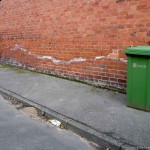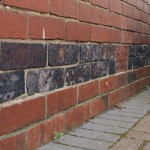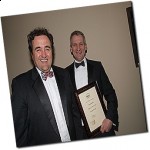Now that you have read part 1 and part 2, we can move onto more problematical damp. This is rising damp. Despite what some daft journalists and conservationists say, it’s very common. However, it is also often misdiagnosed and I’d say that quite a few expensive damp courses are installed when they needn’t be (I […]
Property Care Association awards 2010
Blimey! On Friday night, at the awards in London, I was presented with a ‘Highly Commended’ award in the PCA training category. It was a good night, spent at Lords Cricket ground with the great and the good of the preservation industry. Guest speaker was the superb batsman Alex Stewart, who scored over 8000 runs […]



